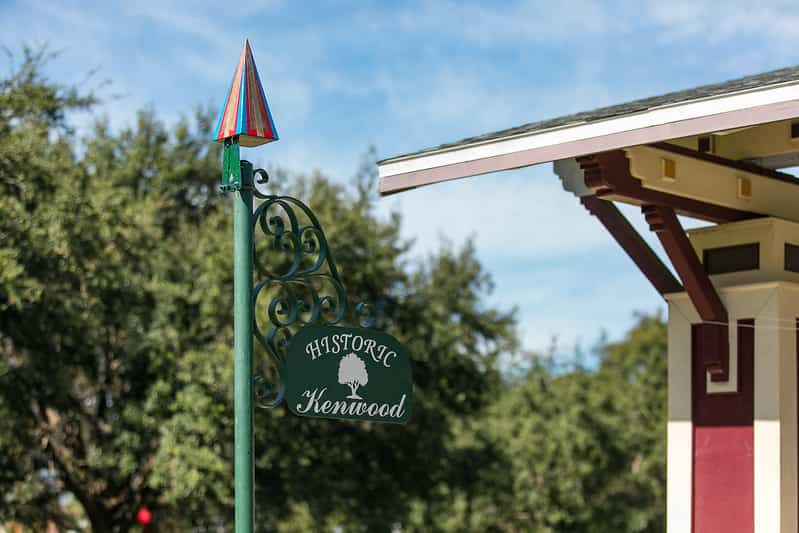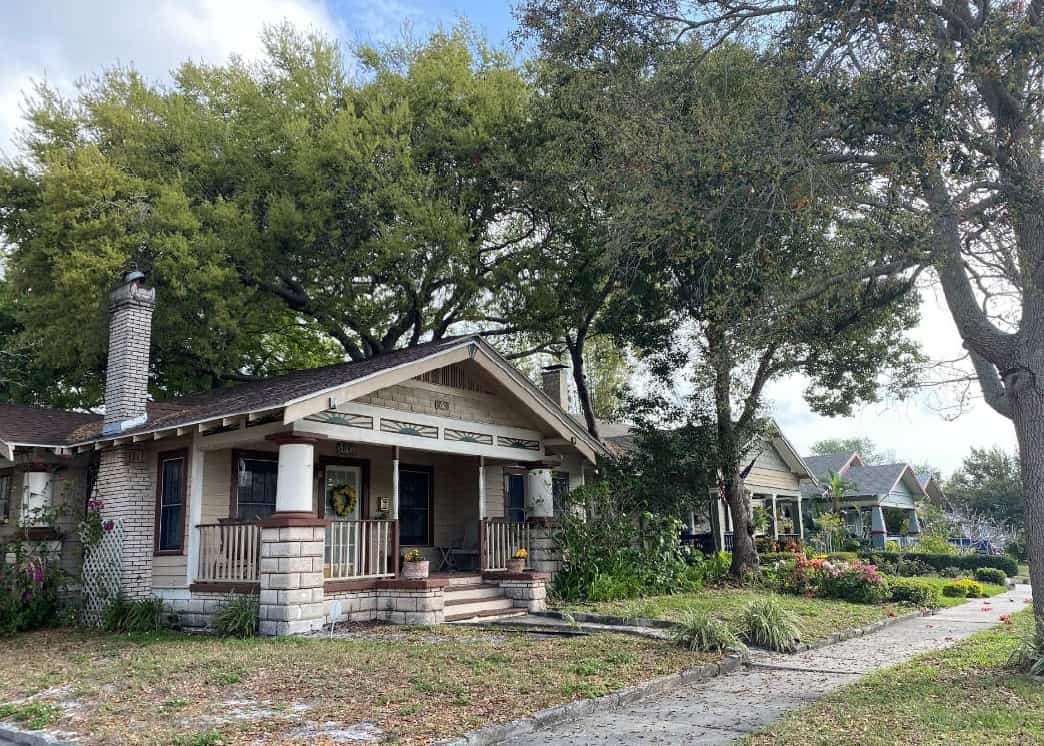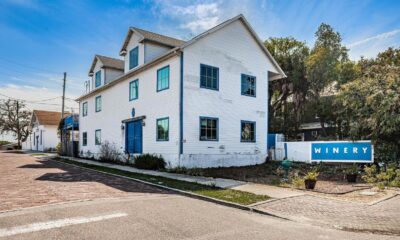Know
Kenwood homeowners seek local historic district designation

The Kenwood Historic District — already listed in the National Register of Historic Places — could see a growing presence in the St. Petersburg Register of Historic Places.
The St. Petersburg Community Planning and Preservation Commission voted unanimously March 9 to approve designating about 12 blocks in southwest central Kenwood as a local historic district. The proposal now advances to the St. Petersburg City Council.
Local designation provides a tool to help retain the neighborhood character and keep the neighborhood special, said Brenda Gordon, who spoke on behalf of neighborhood residents.
“We were the first development for year-round homes and were bought by the working class people of historic Kenwood. So while our homes are modest in scale and design, they have been planned for charm and cohesiveness,” Gordon said.
Kenwood, a residential area encompassing approximately 375 acres and more than 2,000 buildings, was listed in the National Register of Historic Places in 2003. Since then, three smaller districts in Kenwood have been added to the local register — Seminole Park, Southeast Kenwood and Northwest Kenwood.
The proposed Southwest Central Kenwood Local Historic District is bound by 26th and 28th Streets between 1st Avenue and 5th Avenue North. There are 150 parcels of land in the proposed district. The majority of the property is residential with the homes built between 1917 and 1958. Architectural styles vary but about 60 percent of the homes are Craftsman-style bungalows, Gordon said.

An Historic Kenwood home (Photo credit: City of St. Petersburg)
The area went through a period of decline in the 1970s through the early 2000s, Gordon said, when derelict properties became homes for drug dealers and prostitutes.
“One might think, just tear it down, but thankfully the people who bought them and restored them really saw the value of historic restoration and preservation,” Gordon said.
Historic designation discourages demolition, encourages sensitive renovation, ensures newly built properties are compatible with existing ones and maintains a sense of cohesiveness, she said. Homeowners making exterior changes must have the designs reviewed by city staff and the Community Planning and Preservation Commission and receive a certification of appropriateness, or COA.
“We have had a couple of hiccups where people who have come in new to the neighborhood don’t really understand the COA process,” Gordon said. To help with that, the Historic Kenwood Neighborhood Association will include information about local historic district designation in welcome baskets for new residents, she said.
In keeping with city procedures there have been two public meetings for Kenwood residents, and homeowners got to cast votes on the designation. Votes of support were received from owners of 86 of the 150 parcels, or 57.3 percent, with owners of six parcels, or 4 percent, voting no. About 39 percent of the ballots, or 58 ballots, were not returned, the city said.
The neighborhood association fully supports the local designation, said Darrell Gordon, president.
“Because of the three previous designations we have seen our home values increase. In fact, a restored home today in Kenwood goes for well over $300 a square foot,” Gordon said.
Historic Kenwood has been named the 2020 national “Neighborhood of the Year” by the national non-profit organization Neighborhoods, USA, after winning first place in Neighborhood Revitalization/Beautification, the St. Pete Catalyst previously reported.
Historical context
“The Kenwood area, like other pre-World War II neighborhoods in St. Petersburg, was platted for residential development in the early decades of the twentieth century and developed with a combination of speculative and custom-built homes. The trajectory of construction dates in Kenwood mirrors that in other neighborhoods in the city and throughout Florida: building boomed, along with St. Petersburg’s population, during the 1920s and then decreased significantly following the burst of the Florida real estate bubble in 1927.
“After a brief uptick during the late 1930s, construction halted during America’s engagement in World War II.
“Following the war, the local population experienced another growth spurt, fueling more new construction and a boom that lasted until the early 1960s.
“The subject district’s proximity to St. Petersburg High School and the commercial district which had grown along Central Avenue made it a prime location for residential infill after World War II. The completed connection of 34th Street with the continuous Gulf Coast Highway along Florida’s west coast in July of 1955 further increased vehicular connectivity with other Pinellas County communities.
“Finally, the development of the nearby Central Plaza area throughout the1950s and 1960s provided a modern, auto-oriented commercial anchor near the subject district further serving as a draw for families.” — City of St. Petersburg, Community Planning and Preservation Committee







